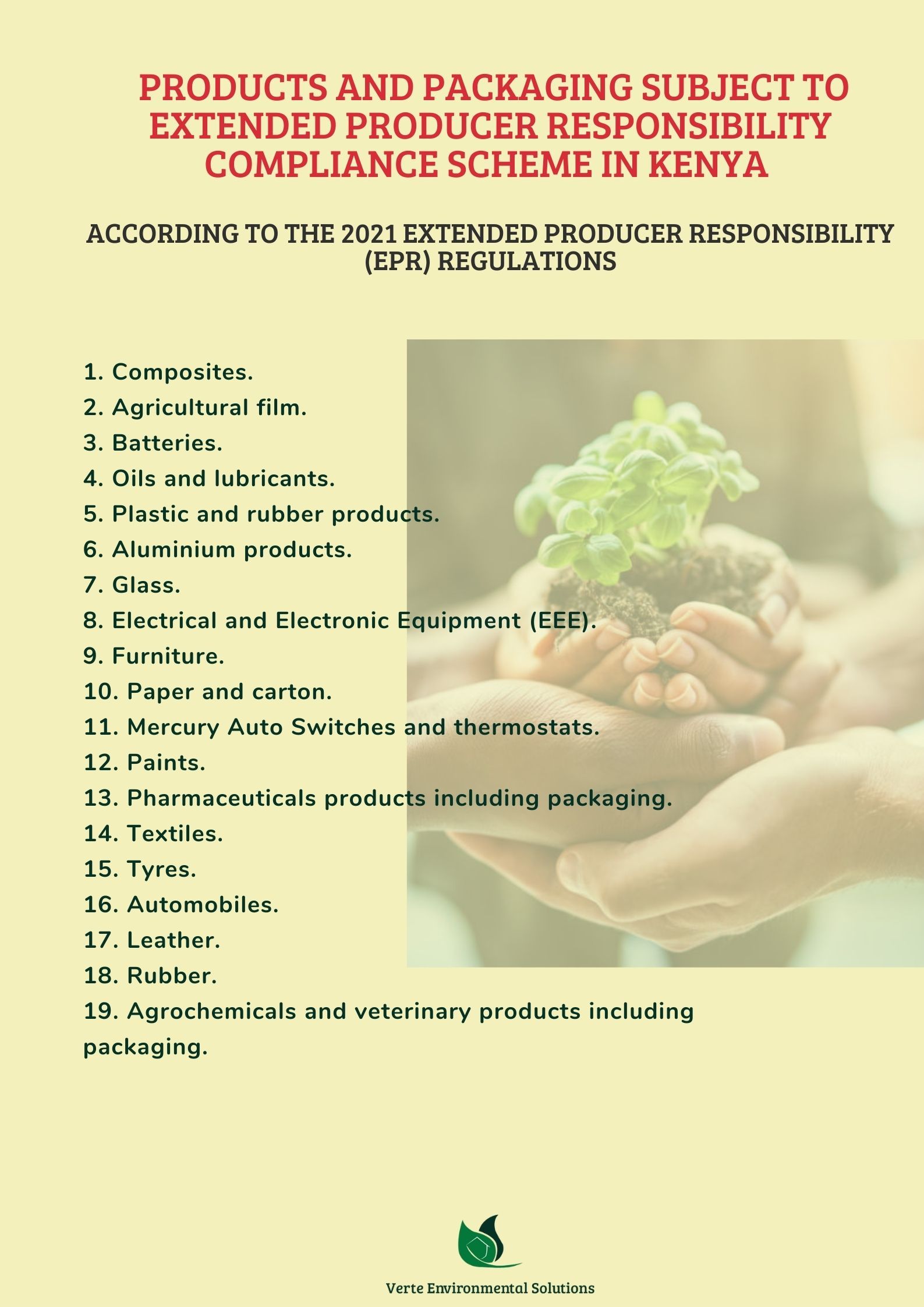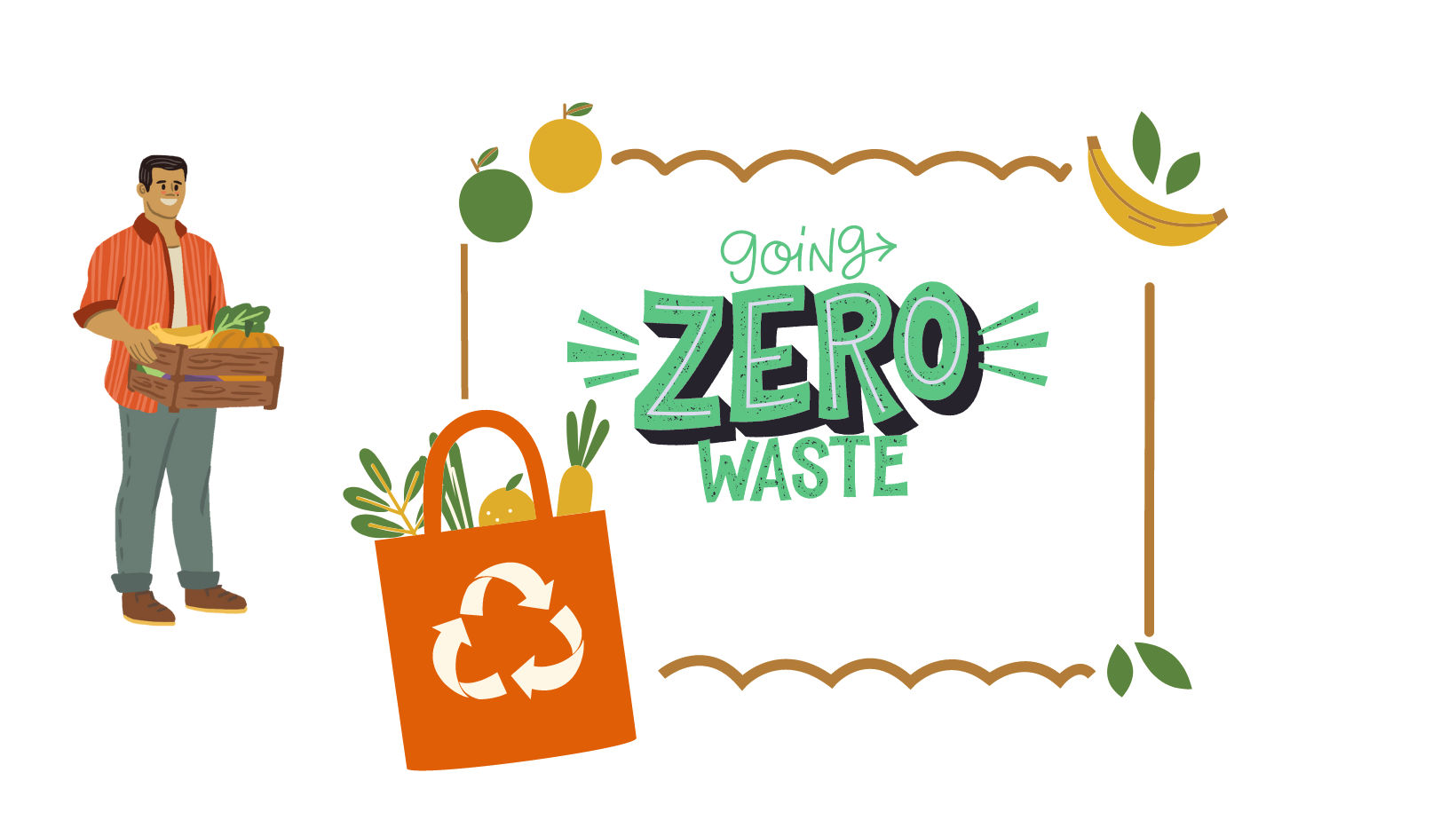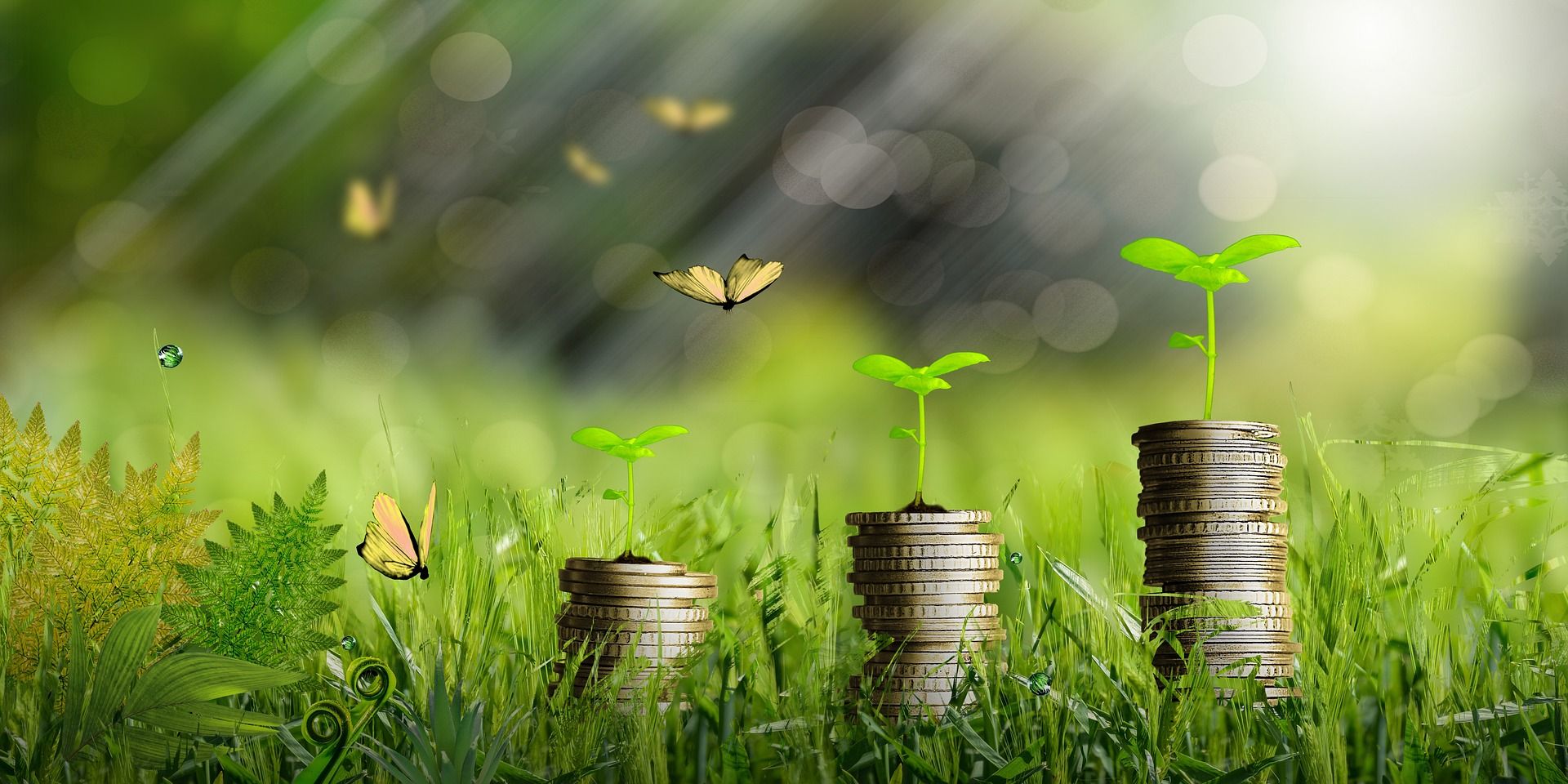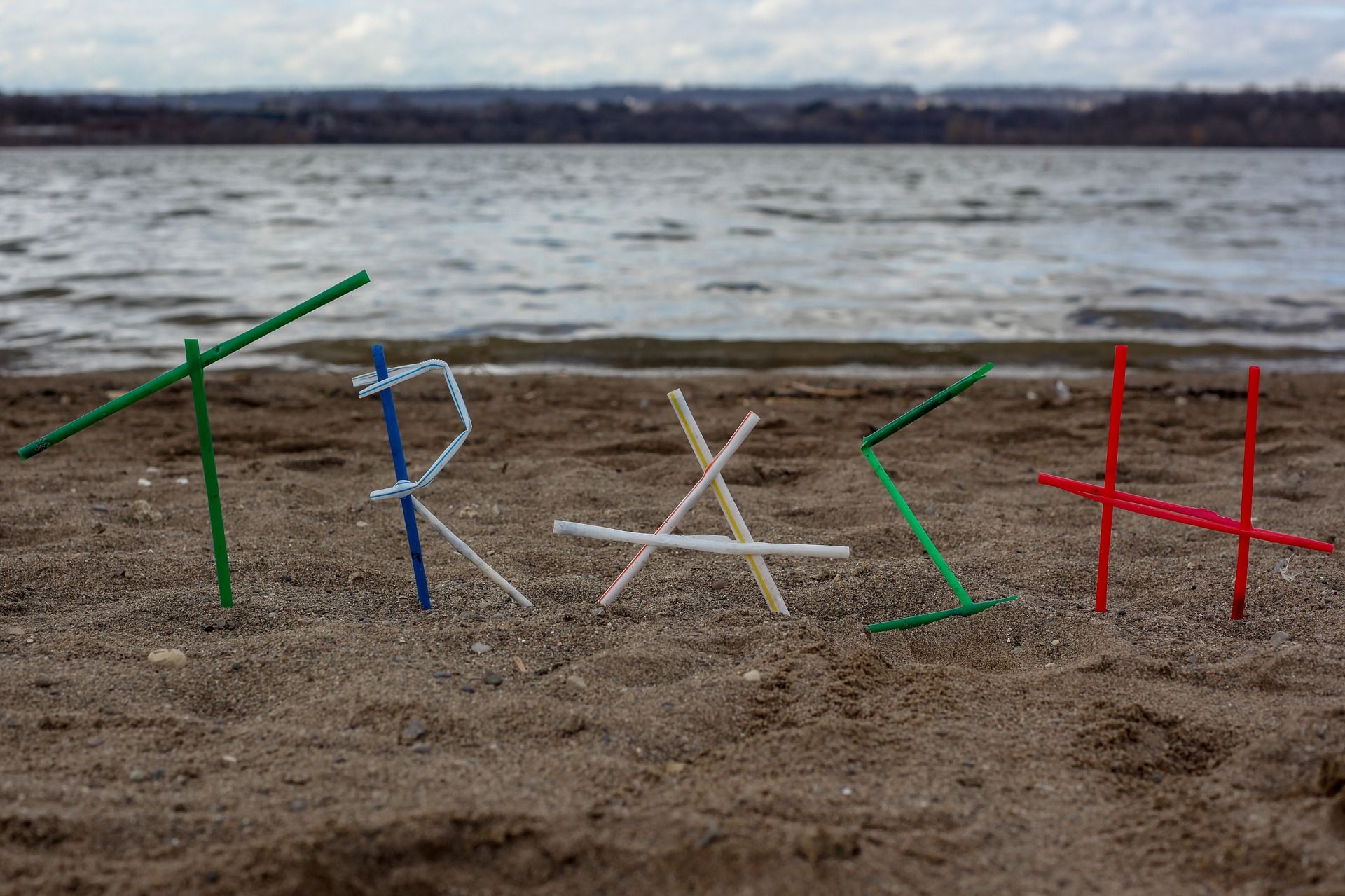The ban on single-use plastic (SUP) products in protected areas is Kenya’s third major step in curbing plastic pollution, after on 28 February 2017, Prof. Judi Wakhungu, the Cabinet Secretary, Ministry of Environment and Natural Resources, banned the use, manufacture, and importation of all plastic bags for use in commercial and household packaging.
The ban took effect on 28 August 2017, with the National Environment Management Authority (NEMA), reporting an 80% compliance rate. This ban is considered one of the strictest in the world, with a penalty of up to 4 years in prison or a fine of Ksh. 4 million ($40,000).
In September 2017, the PET bottle pollution was addressed, and a ban was imposed on Karura Forest, National Reserves, and Game Parks. Although this restriction was not legislated then, it is covered in the June 2020 SUPs ban.
Kenya marked World Environment Day on 5 June 2020 by banning SUPs in all her protected areas including beaches, national parks, conservation areas, and forests. The ban, which took effect on that same day, had been announced by President Uhuru Kenyatta, one year earlier.
Table Of Contents
What are Single-Use Plastics (SUPs)?
Why Ban Single-Use Plastics (SUPs)?
How Kenya is Dealing With Plastic Pollution
Innovative and Sustainable Alternatives To Single-Use Plastics (SUPs)
What Is a Protected Area?
A protected area is defined in the Wildlife Conservation and Management Act 2013 as a clearly defined geographical space that is dedicated, recognized, and managed to achieve long-term conservation of nature as well as cultural values and ecosystem services, through legal and other effective means.
This simply means any area that has been set aside for conservation activities such as national monuments, parks and reserves, beaches, and protected forests. In addition to conservation activities, these places can also be protected for cultural values for instance, the Kaya Forests; and their ecosystem services, such as forests and wetlands, which are useful for reducing the amount of carbon dioxide in the air, and as water catchment areas.
So, what is a single-use plastic product?
What are Single-Use Plastics (SUPs)?
Single-Use Plastics (SUPs) are plastics designed to be used once before they are thrown away or recycled. They are also referred to as disposable plastics.
Examples include plastic forks and knives, plastic water bottles, plastic straws, plastic shopping bags, wet wipes, and plastic plates.
The United Nations Environment Program (UNEP) categorizes SUPs as follows:

Why Ban Single-Use Plastics (SUPs)?
John Wesley Hyatt invented the first synthetic plastic polymer in 1869 as a substitute for ivory, a raw material with high demand and a looming shortage due to the slaughter of wild elephants. This innovation seemed like a breakthrough for humanity at the time, showing humans that they could reduce their environmental footprint by relying less on nature. After all, nature could only supply so much wood, tusk, metal, horn, and stone.
Celluloid, Hyatt’s discovery, was praised as the savior of both mankind and nature, especially tortoises and elephants.
If only they knew!
By 1994, 15 million tons of plastic were produced, massively increasing to 311 million tons in 2014. Because most plastics don’t biodegrade to any significant degree, and those that biodegrade could take up to 1000 years, plastic slowly became an environmental menace.
An example?
Early January 2020, environmentalist Maite Mompó, came across a yoghurt pot launched in 1976 Olympics, washed up the beach in Costa Blanca, Spain. It was in almost perfect condition, 44 years later!

Poor waste management and increased demand for plastics have resulted in pollution of aquatic habitats, where plastic is responsible for 73% of litter in aquatic environments. Consequently, over 600 marine species are harmed and over 100 million marine animals are killed every year, globally.

Let’s not forget the eyesore that is landscapes polluted by plastics!
Haven’t We Been Recycling?
Yes, we have!
Recycling has been a response to plastic pollution. The “Reduce, Reuse, Recycle” waste hierarchy has helped ease waste management in general. Unfortunately, less than 10% of the 9 billion tons of plastics produced has ever been recycled.
Now experts estimate that by 2050, there will be 12 billion tons of plastic litter lying in the environment, including dumps and landfills. It is time to embrace the circular economy, where recyling is the last resort!
What’s the situation in Kenya?
The video below, describes our status.
Clearly, this is not working as it should!
Besides, crude oil is the raw material for plastic production and by 2050, the plastic industry will be responsible for 20% of the world’s oil consumption. This will detract from our efforts to go green and encourage renewable energy options.
Fortunately, the Kenyan government has been working on ways to beat plastic pollution.
How Kenya is Dealing With Plastic Pollution
In just 10 years, Kenya has made impressive strides in dealing with plastic pollution.
How?
- Polythene bags banned on 28 February 2017
- PET (Polyethylene terephthalate) bottles agreement with the private sector- A PET taskforce was established in October 2017, in partnership with the National Environment Management Authority (NEMA), Kenya Association of Manufacturers (KAM), and the Ministry of Environment and Forestry (ME&F)
A Framework of Cooperation (FoC) was developed, requiring KAM to:
- Undertake PET waste bottle clean-up activities, before Take Back and Extended Producer Responsibility schemes are fully implemented
- Agreed on Take Back and Extended Producer Responsibility schemes, then establish and implement them
- Conduct awareness campaigns in support of the implementation of established schemes, up-cycling and recycling
- Support research aimed at meeting the agreed measures to curb plastic pollution
Under this FoC, the Ministry of Environment and Forestry is responsible for:
- Engaging in and promoting national public education and awareness on best practices for proper use and disposal of PET bottles
- Fostering collaboration between county governments and PET subsector, under KAM in the management of PET bottle life cycles
- Facilitating intergovernmental relations on PET bottle waste management
- Formulating relevant laws and policies to support the FoC’s goals
- The ban on Single-Use Plastics in protected areas- The ban on the use of the disposable PET bottles in Karura Forest, National Reserves and Game Parks in September 2017, and the June 2020 ban of SUPs in all protected areas
- Incentives in the Private Sector- To reduce plastic pollution, the Government of Kenya, through the budget statement 2019/20, offered these incentives.
- VAT exemption for all services offered to plastic recycling plants
- VAT exemption for supply of machinery and equipment used in the construction of plastic recycling plants. This became taxable at 14% in the 2020/2021 budget.
- For the first 5 years of any investor operating a plastic recycling plant, corporation tax will be reduced from 30% to 15%.
- Extended Producer Responsibility (EPR) Regulations 2021- The regulations propose that companies manufacturing, importing, or selling consumer goods should implement a mechanism of controlling banned or dangerous subtances, and clean up waste from their products after consumer use, setting up either individual or collective compliance schemes. Consequently, the Kenya Extended Producer Responsibility Organisation (KEPRO) has been set up.
These regulations apply to producers, individual EPR schemes, and Producer Responsibility Organisations (PROs) for products listed in the image below, according to the first schedule of the February 2021 final EPR regulations draft .

6. Kenya is increasingly embracing the concept of circular economy. Professionals are now getting trained on how to incorporate circular economy in their fields. We are also seeing more businesses recyling their plastics. For example, Bio Food Products has partnered with TakaTaka Solutions, placing take back bins in different locations in Nairobi, and recycling their plastic packaging. Kevian Kenya has set up a recycling plant, Ramani Recyclers, in Thika, converting plastic waste to lami boards, alternatives to MDF and marine boards.

7. County governments are also formulating laws that control and ban use of single-use plastics. Nairobi City County, for example, has the Nairobi City County Plastic Control Act 2016, that controls the manufacture, usage and disposal of plastic carry bags. In May 2021, an amendment bill was introduced, to include banning of other plastic material such as single-use plastic bottles, and plastic takeaway containers, among others.
Other legal provisions within the decade include Constitution of Kenya 2010 (Chapter 5), National Environmental Policy 2013, Draft Plastic bag control and Management Regulations of 2018, and Draft Sustainable Waste Management Bill 2021,
Now, having considered all these, Kenya has banned SUPs in all its protected areas, and these are the items affected by the ban, and their alternatives.
Innovative and Sustainable Alternatives To Single-Use Plastics (SUPs)

Are you planning your next visit to the park, favorite forest, or the beach in Kenya? Visit our shop today to buy our carefully selected sustainable products, and say no to plastics.
*Don’t be mean. Be Green*




















